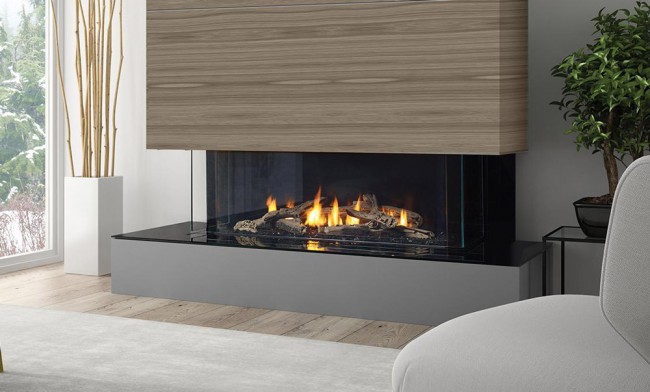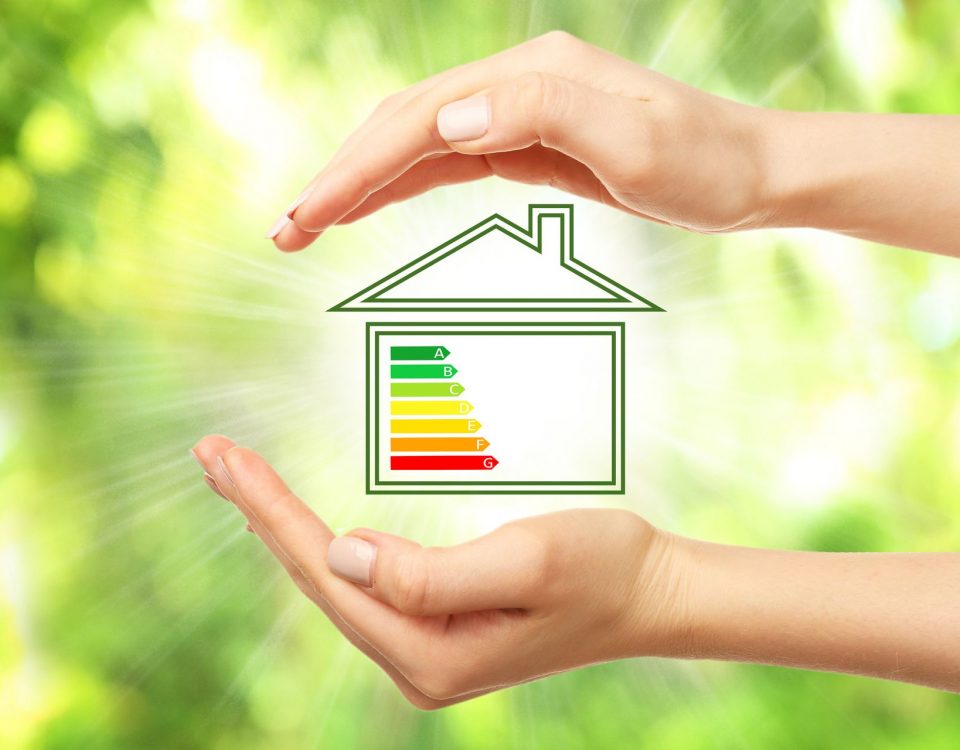Fireplaces

Is a Solarium or a Sunroom Right for You?
March 28, 2019
Outdoor Living Spaces
April 30, 2019
Which Fireplace is Best for You
The flames from a fire can be mesmerizing. Fire has a calming ambience to it and humans are drawn to it for many reasons. Because of this, we like to place fireplaces to our homes. They are a great focal point, conversation starter, and heat source.
The most common types of fireplaces are wood burning, electric and gas. There are pro’s and con’s to each that you should understand before deciding which fireplace is best for you.
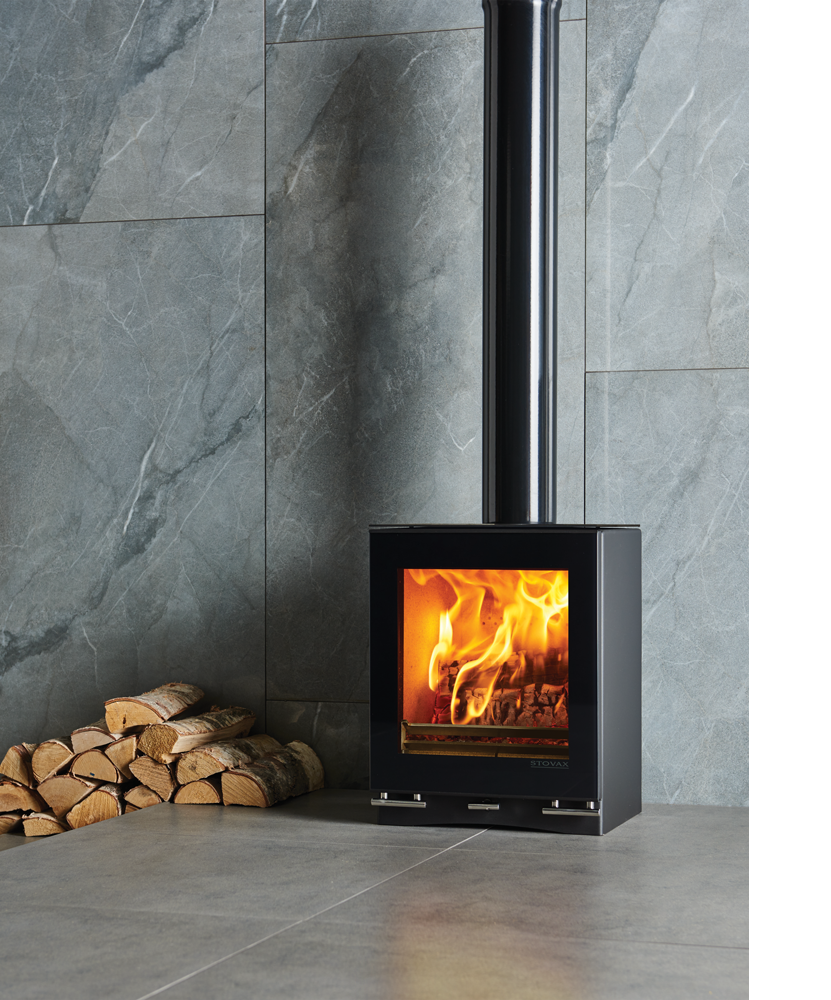
Wood Burning Fireplaces / Wood Stoves
PROS:
- You just can’t beat the ambience and aroma of a crackling wood burning fire.
- If the electricity goes out, your wood burning fireplace still goes strong providing heat and a light source
- You can choose which type of firewood you burn which means you can control how long the fire burns for, or you can choose wood that is more aromatic.
CONS:
- Wood-burning fireplaces are the most expensive to install. This is because they need to be vented by a chimney.
- More labour intensive requiring annual maintenance to clean the chimney as well as chopping the wood to be burned.
- It is unsafe to leave a fire unattended because even when ashes are warm, a fire can be sparked.
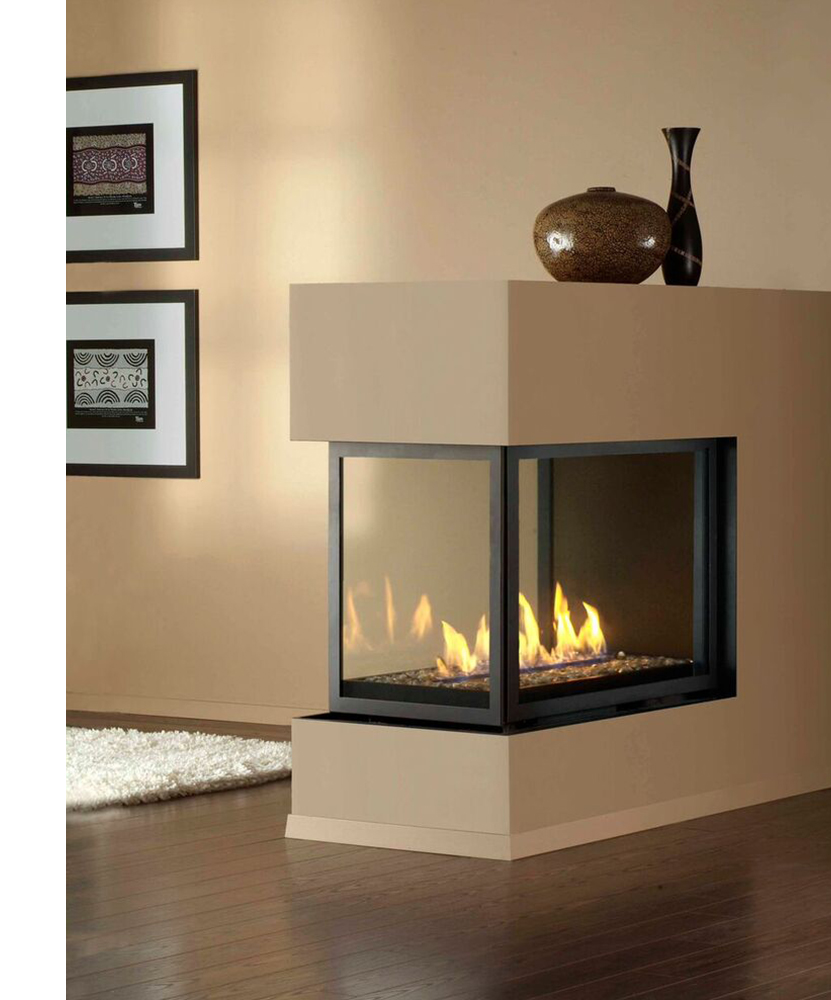
Gas Burning Fireplaces
Gas burning fireplaces can still give the wow-factor without the initial installation headaches. Gas fireplaces are quick and easy to use and you can still enjoy a nice evening by the fire without having to chop any wood. Gas fireplaces burn natural gas or propane instead of wood. Natural gas is the better option if possible, as it is less expensive than propane and produces about 5% more heat. Gas fireplaces can be vented or non-vented.
PROS:
- Turning on a gas fireplace is instant and easy to do with the touch of a switch.
- You will never have to buy or chop firewood.
- Easier to keep clean. Because there are no logs, there are no ashes to have to clean up. There is also no chimney that needs to be cleaned or maintained.
CONS:
- While the ceramic logs in a gas fireplace can look realistic, the full effect of a genuine fire is missing. No aromas or crackling.
- Propane is expensive gas to use, heating an entire house could get quite costly.
- Gas fireplaces heat up more quickly, but also lose heat rapidly.
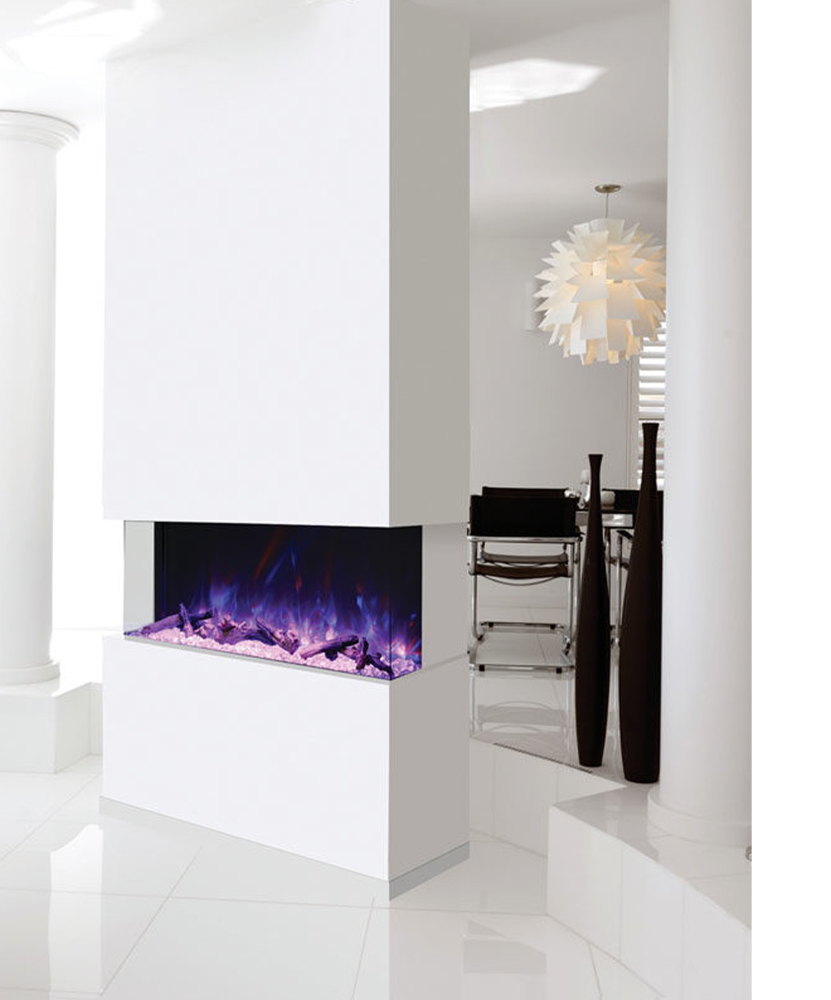
Electric Fireplaces
An electric fireplace is a heating element that looks like a wood or gas burning fireplace, but does not require any sort of venting or professional installation. Electric fireplaces work by drawing in cool air and heating it internally using a heating coil and forcing the warm air back out into the room by way of a fan. Electric fireplaces provide heat for a desired area without the mess, fumes or risk of carbon monoxide.
PROS:
- Electric fireplaces can provide a flame without heat, so they can be enjoyed all year round.
- You can control the flame effects, they can be large or small.
- Easy to install and use, when you move you can easily pick up and bring your electric fireplace with you to your new home.
CONS:
- The flames quite obviously appear fake.
- During a power outage, your fireplace will not work.
- The heat provided can get quite expensive.
These 3 fireplaces are the most common in everyday homes, but there are other options if you don’t think that one of these are right for you. Ethanol burning fireplaces are easy to install and come in contemporary styles. The great thing about burning ethanol is that it is environmentally friendly so it cuts down on fossil fuel emissions and saves the trees. Another type of fuel is wood pellets. Wood pellet stoves are generally small and compact and the bags of pellets are about the size of a mulch bag, making them easy to store. They are very easy to operate, all you need to do is load the pellets and ignite the flame. If you have a larger pellet stove, you may only need to load it once per day. Pellet stoves also emit fewer pollutants than traditional fireplaces. Gel fuel is another fairly new option for fireplace fuel. These ventless fireplaces are a lot like ethanol as they produce real flames without the expense of installation and maintenance. Gel fuel is smoke and ash free and can safely be burned indoors.
There are many different types of fuel to burn in fireplaces and it all depends on your personal preference. If you are looking for a home with one of these various fireplaces, give us a call. Let’s find your new dream home!
613-903-8209


